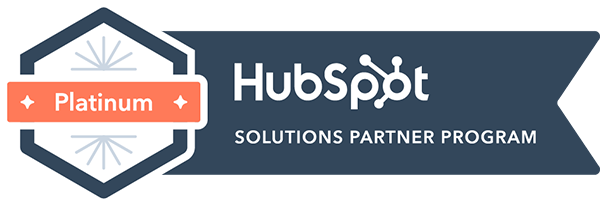
When focus turns to tunnel vision, it's easy to fix one thing while breaking another. Case in point: the leading strategy on SEO for a while was targeting individual long-tail keywords in blog articles. It worked! At least, it worked in the SEO-sense. In many cases, Google did rank those articles highly for the given search term. However, there was an unfortunate bi-product of that strategy: bloated, redundant websites with little structure to speak of. With all the focus going to SEO, website architecture became a mess. Bad architecture pulls everything down, so SEO shifted again. Now, Google uses RankBrain and can understand intent, authority, and related content better than ever before. With the new topic cluster model, businesses can improve site architecture and SEO simultaneously:
Long-Tail Keywords vs. Topic Clusters
Targeting long-tail keywords was an effective way of ranking on Google. The problem was, you had to attempt to rank for multiple variations of similar long-tail keywords. It wasn't enough, the thinking went, to rank for 'replacement muffler.' You had to also rank for 'muffler replace,' 'replace my muffler,' and 'replacing muffler how.' Understandably, this led to redundant content that couldn't be justified outside of its potential SEO value. The result was a ton of content that wasn't connected to anything and clogged up websites. The topic cluster model, on the other hand, focuses on architecture first. With a core topic (and Pillar Page) at the center and blogs covering subtopics surrounding it, the strategy ensures that the website looks and functions effectively, without sacrificing SEO.
Site Architecture Matters
'Site architecture' refers to the way that your site is built and how navigable it is. There should be logical layers to your site and content that links to related content. For web crawlers and for visitors, the site should just make sense. If it doesn't, that reflects poorly on your business and it makes it more difficult to spend time on your site. When long-tail keywords were the leading SEO strategy, architecture took a hit. Instead of big, core topics with supporting blog posts, there was just an endless series of blog posts. Many of those blog posts looked and sounded very similar, because they were written for search engines instead of people. Adopting the topic cluster model fixes this issue and gives websites a clear structure.
SEO Has Changed
Google has one goal: serve up the best and most relevant answer to the question asked. In trying to reach that goal, Google has always adjusted its algorithm to get improved results. Now, Google is using RankBrain, an artificial intelligence-powered algorithm that can judge intent. This is important because it takes away the need to stuff articles with specific keywords. Instead, Google will crawl the content, understand the general topic (and all terms related to it), see related subtopics connected to it, and serve up the content to searchers whenever relevant. The goal now is to create quality content that has authority and Google will do the rest. The end result is better, more logical websites for businesses, better answers for searchers, and a goal reached by Google.




